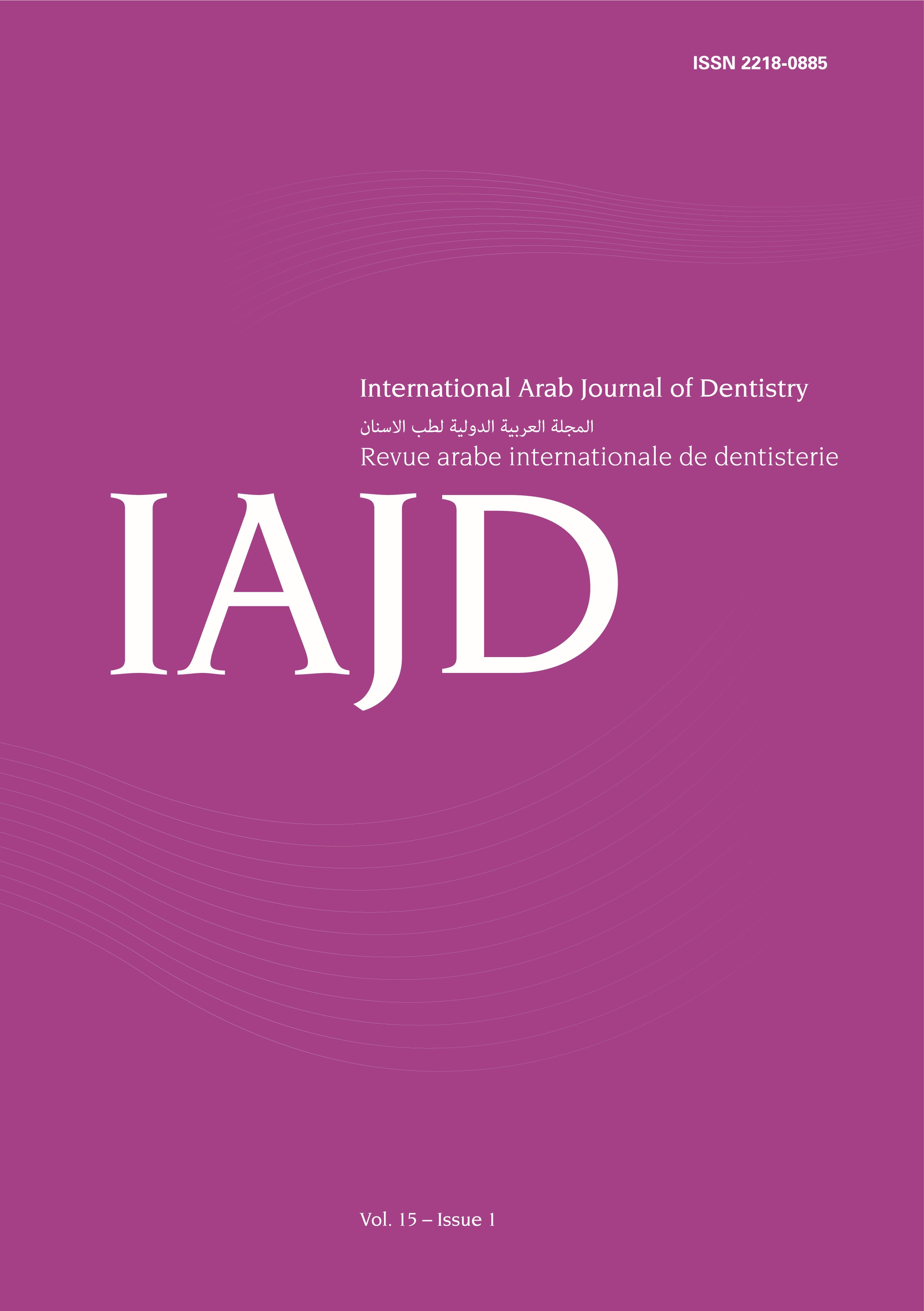Abstract
Introduction: The aim of this study was to compare the efficacy of different antimicrobial agents, including Ciprofloxacin, Doxycycline, Clindamycin, Metronidazole, Amoxicillin and Clavulanate, Triple antibiotic paste (TAP) and Calcium hydroxide (CH), as intra-canal medications for regenerative endodontics against an aged, multispecies ex-vivo biofilm model.
Methods: A total of one hundred fifty single-rooted human teeth were used in this study. Fifteen teeth were used to monitor the formation and maturation of a multispecies biofilm model consisting of Enterococcus faecalis, Staphylococcus epidermidis and Candida albicans. After 21 days of incubation, the other one-hundred and thirty-five teeth were divided into 9 equal groups; 7 experimental groups were medicated for one week with either Ciprofloxacin, Doxycycline, Clindamycin, Metronidazole, Amoxicillin and Clavulanate, Triple antibiotic paste (TAP) or Calcium hydroxide (CH), a positive control group was infected and not medicated, while the negative control group was neither infected nor medicated. After medication removal, bacterial samples were collected in sterile tubes to assess the colony forming unit (CFU) counts, and the effect of the tested drugs on biofilm dissolution was assessed with scanning electron microscopy (SEM). The scoring was carried out by three blinded calibrated examiners.
Results: The most effective medications were Metronidazole and TAP, with no significant difference between them (p≥0.05), followed by Clindamycin and Ciprofloxacin, with no significant difference between them (p≥0.05), and the least effective were Calcium hydroxide, Doxycycline and Augmentin, with no significant differences between them (p≥0.05). SEM results showed that there was a significant difference between different groups. Metronidazole, TAP, Clindamycin and Cipro floxacin recorded the lowest scores, followed by CH, Doxycycline and Augmentin.
Conclusions: Within the limitations of this study, it can be concluded that metronidazole and TAP showed better antimicrobial efficacy than other drugs against the studied biofilm model. The multispecies biofilm model is a better indicator of the nature of complex root canal infections than mono-species models.

